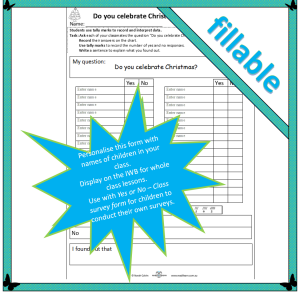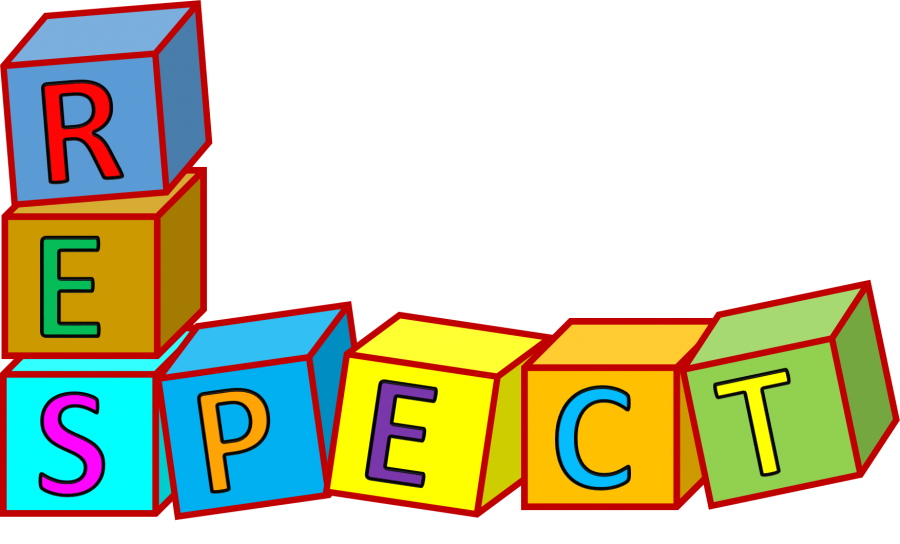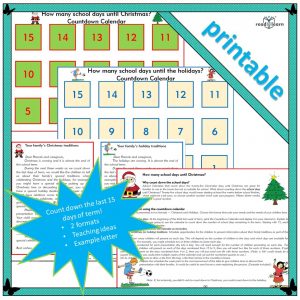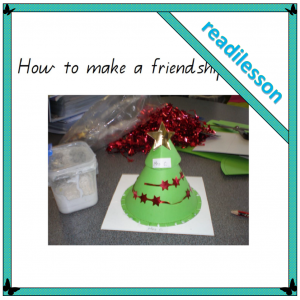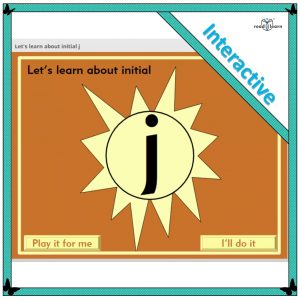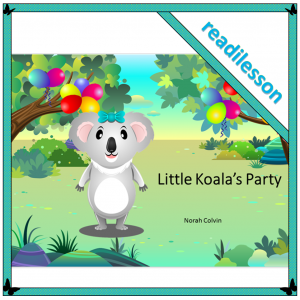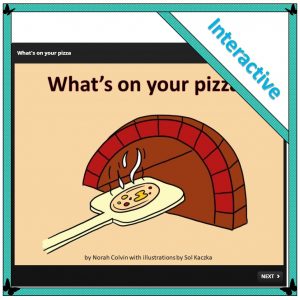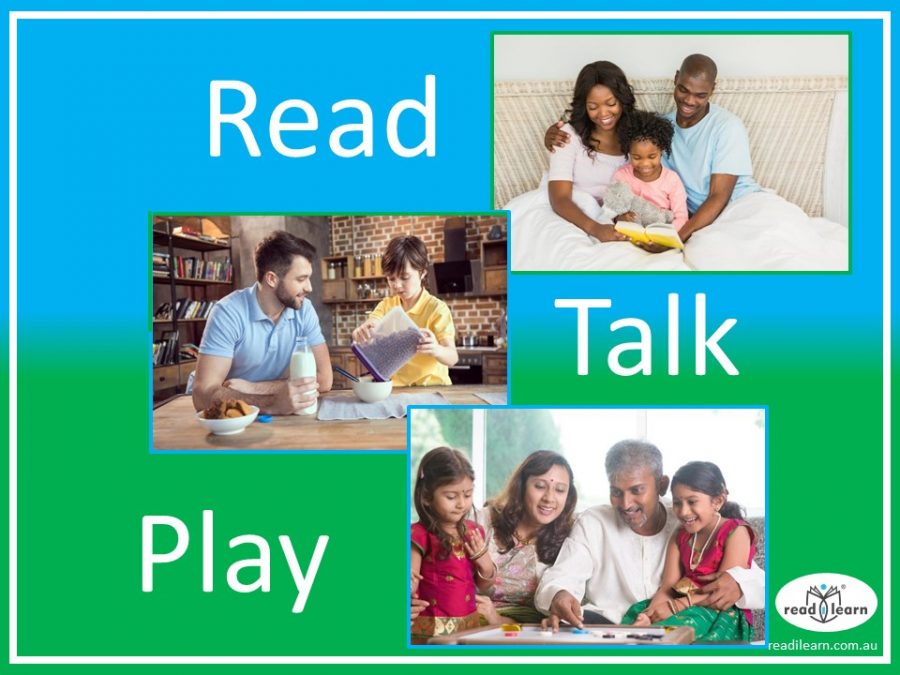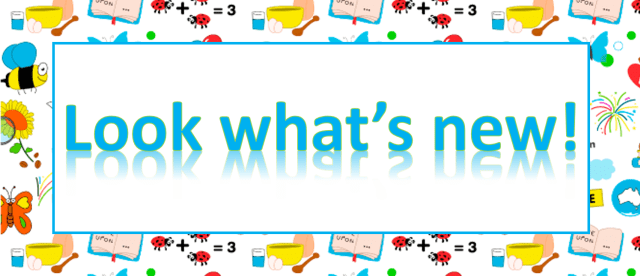Easter is almost upon us. It has snuck up on me this year and I’m a bit late sharing our Easter resources since most of you will be on holidays at the end of next week. However, there is still one week before the holidays, so you may still have time to use some of these lessons and activities. Enjoy!
All our Easter resources can be found in the Cultural Studies collection here. They include:
Interactive lessons ready to teach on the interactive whiteboard
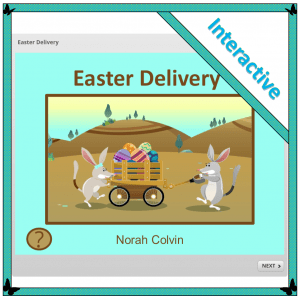
Easter Delivery — a story that gives children practice in finding combinations of numbers to ten.
The Bilby twins, Benny and Belinda, are excited to be making their first deliveries for Easter. Before they do, they must prove to Dad that they are capable of leaving the correct number of eggs for each friend’s family. Children help Benny and Belinda by working out what combinations of eggs could be delivered to the families.
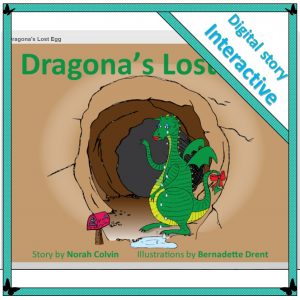
Dragona’s Lost Egg — a story that encourages the development of logical thinking and problem solving.
Dragona has lost her egg and turns to her friend Artie, owner of a Lost and Found store, for help. Artie is confident of helping her as he has many eggs on his shelves. He asks Dragona to describe features of her egg, including size, shape, pattern, and colour. He uses a process of elimination to identify which egg might be Dragona’s. Children join in the process by choosing eggs with the characteristic described.
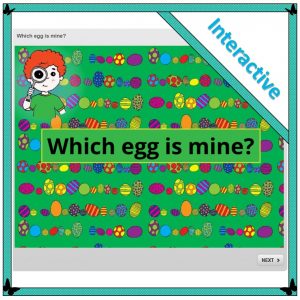
Continue reading: Easter lessons and activities for the first 3 years of school – #readilearn




